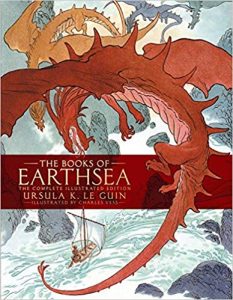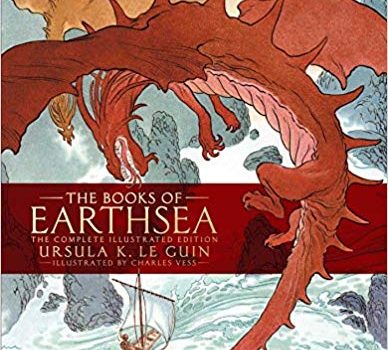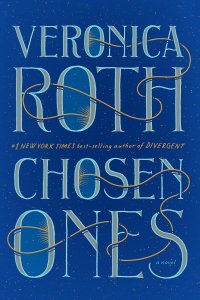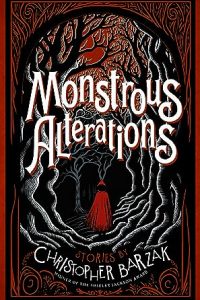Karen Haber Reviews The Books of Earthsea by Ursula K. Le Guin
 The Books of Earthsea: The Complete Illustrated Edition, Ursula K. Le Guin, illustrated by Charles Vess (Saga 9-781481-4655-88, $59.99, 993pp, hc) October 2018. Cover by Charles Vess.
The Books of Earthsea: The Complete Illustrated Edition, Ursula K. Le Guin, illustrated by Charles Vess (Saga 9-781481-4655-88, $59.99, 993pp, hc) October 2018. Cover by Charles Vess.
The Books of Earthsea is a staggering achievement, the first time the entire Earthsea cycle has appeared together in one illustrated omnibus. Saga has expended lavish production efforts on this statement-making book celebrating the late Ursula K. Le Guin’s beloved Earthsea stories.
Encompassing five novels and several pieces of shorter fiction, it is a massive book whose size alone is a statement about the importance and impact of Le Guin’s work. Size isn’t the only notable aspect of this monumental book. The 58 illustrations by celebrated artist Charles Vess make The Books of Earthsea even more significant. Vess worked closely with Le Guin in the four years before her death, developing a unique collaboration in which she saw and approved every pencil sketch and dragon scale. Although Le Guin never saw the finished book, which was published after her death in January 2018, she did approve all of its illustrations.
This immense book is a tribute to Le Guin, yes, but it is also a triumph of illustrative art by Vess. His delicate linework and sympathetic appreciation of the world of Earthsea has resulted in romantic images that hearken back to the golden age of storybook illustration. Vess is uniquely qualified to be the illustrator-of-record for Le Guin’s work, in both technique and sensibility.
“I had a lot of feedback,” Vess says. “She kept me on my toes.” He recalls that some illustrations went through six or seven versions before achieving a final result. “We spent a year going back and forth over what her dragons looked like.” That obsession over the details extended not just to characters or creatures, but to the look and feel of the world that Le Guin clearly envisioned. According to Vess, Le Guin was particularly concerned that her central characters be portrayed accurately as people of color. And she wasn’t interested in the pomp of High Fantasy. “She wanted very little of the Great Golden Hall of Wizardry [with] princes and kings. She definitely wanted more showing that the people lived on the land, that they were farmers, peasants, and common people tilling their gardens. She asked for more chickens.”
On her part, Le Guin had characterized the collaboration with Vess as “magic.” As she wrote in the introduction to The Books of Earthsea, “With this first fully illustrated complete Earthsea, I can let Charles Vess’s art speak for itself.”
Given the luxurious color displayed on the cover and end pages, I longed for even more color – in every illustration, instead of the varying use of color and black-and-white. I would also have have liked to see a phrase from the text beneath each image, indicating what scene was being illustrated in addition to the list of illustrations at the front of the book. But that’s just nit-picking.
This is a remarkable achievement, a huge and beautiful book whose gentle, poetic illustrations, in perfect sync with the emotional tone of the stories, enhance and expand the reading experience. Vess is a perfect artistic partner for Le Guin.This book should delight fans of both.
This review and more like it in the March 2019 issue of Locus.
 While you are here, please take a moment to support Locus with a one-time or recurring donation. We rely on reader donations to keep the magazine and site going, and would like to keep the site paywall free, but WE NEED YOUR FINANCIAL SUPPORT to continue quality coverage of the science fiction and fantasy field.
While you are here, please take a moment to support Locus with a one-time or recurring donation. We rely on reader donations to keep the magazine and site going, and would like to keep the site paywall free, but WE NEED YOUR FINANCIAL SUPPORT to continue quality coverage of the science fiction and fantasy field.








